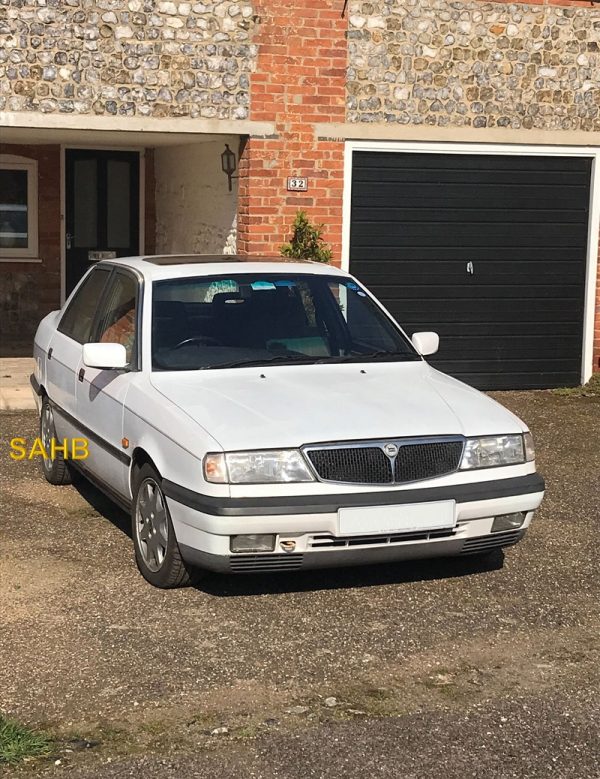
Recent years have seen the decline of Lancia as a European brand – but this was not always so. This week’s Snapshot is of a car built during a successful period for Lancia under the aegis of its parent company Fiat.
The Lancia Dedra (Type 835) was a compact executive car produced from 1989 to 1999. It was initially designed to support, and later to replace, the Prisma; that model had been launched six years earlier as the saloon version of the first-generation Lancia Delta and was struggling to remain competitive. The Dedra was effectively the saloon version of the second-generation Delta – although that model was launched after the Dedra, in 1993.
The Dedra had a challenging task within the European market: to continue the legacy of the Prisma as a compact executive car and to expand its market share if possible. The Dedra was therefore larger than the Prisma and was presented as a smaller, elegant partner to Lancia’s flagship executive car, the Thema.
The Dedra was designed by Ercole Spada of the I.DE.A Institute. Spada has a stunning portfolio of designs to his credit, starting in 1960 with the Aston Martin DB4 GT Zagato, one of the world’s greatest cars. After spells with Ford and BMW he returned to Italy to lead the I.DE.A design house, and designed the ground-breaking Tipo and Tempra, the Lancia Dedra and Delta II, and the Kappa.
Spada’s design for the Dedra gave an excellent drag coefficient of only 0.29. The designer aimed at prestige, exclusivity, personality and comfort, achieved through a high level of equipment and use of materials (e.g. Alcantara) as well as details such as special paints, alloy wheels and an attention to soundproofing, ventilation and other issues. Inside, the Dedra claimed to achieve the perfect driving position through adjustable seats and steering wheel, and electrically adjustable mirrors.
Dedra was not a strong success outside Italy. A major facelift in 1993 did little to boost the car’s sales success and the whole Lancia range including the Dedra was withdrawn from right-hand-drive markets a year later.
A total of 418,084 Dedras were manufactured during its commercial life.







Leave a Comment